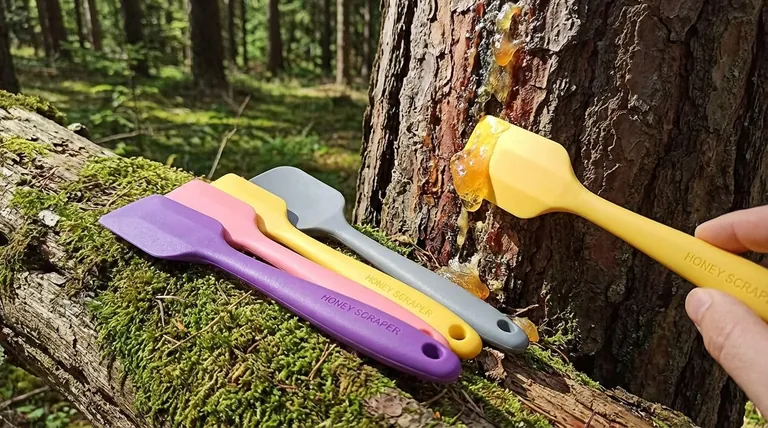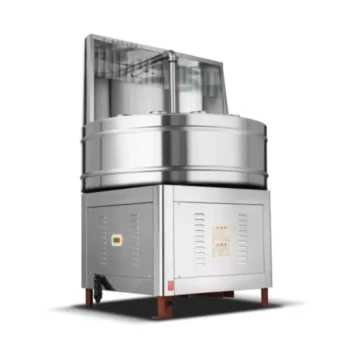In short, a vast and diverse range of plants produce resin, from the well-known conifer trees to common deciduous trees and even many flowering plants. While conifers like pine, fir, and spruce are the most famous examples, other producers include birch and poplar trees, as well as familiar plants like sunflowers, gardenias, and members of the parsley family.
The ability to produce resin is not confined to a single plant family; it is a widespread evolutionary strategy used by thousands of species across different botanical groups for defense and wound healing.

Understanding Plant Resin: A Protective Shield
To understand which plants produce resin, it's essential to first understand its function. Resin is a plant's primary defense mechanism, a kind of external immune system that protects it from harm.
What Is Resin?
Plant resin is a viscous substance composed mainly of volatile terpenes. It is not the same as sap, which is the watery, sugar-based fluid that transports nutrients throughout the plant's vascular system.
Resin is typically produced in specialized cells or ducts and is exuded in response to injury or stress. It is often sticky, aromatic, and hardens when exposed to air.
The Core Functions of Resin
Plants use resin for two primary reasons. First, its sticky nature and antimicrobial properties create a highly effective seal over wounds, preventing infection from fungi and bacteria.
Second, the chemical compounds in resin are toxic or distasteful to many insects and herbivores, acting as a powerful deterrent against being eaten.
The Most Prolific Producers: Conifers
When we think of resin, we almost always think of conifers. This group of plants is, by far, the most significant and reliable source of resin.
Pine, Fir, and Spruce
These three are the archetypal resin producers. Their thick, aromatic resin, often called pitch, has been used by humans for centuries as a sealant, adhesive, and fire starter.
Cedar, Redwood, and Juniper
Other conifers like cedar, redwood, yew, and juniper also produce significant amounts of resin. This contributes to their characteristic scent and their natural resistance to decay and insects.
Beyond Conifers: Resinous Deciduous Trees
While less famous for it, many deciduous (leaf-dropping) trees also produce resinous compounds as part of their defense systems.
Poplar, Birch, and Willow
Trees like aspen, poplar, and birch produce a resin-like substance, particularly around their buds. This protects the delicate new growth during its most vulnerable stage.
Sweetgum and Alder
Other deciduous trees, such as sweetgum, alder, and chestnut, also produce resins, though it may be less visually obvious than the thick pitch that flows from a wounded pine.
The Surprising Diversity of Resinous Flowering Plants
Perhaps the most surprising group of resin producers is the flowering plants. This includes everything from common garden flowers and herbs to wild shrubs.
Garden Flowers and Herbs
The sticky substance on the stems of sunflowers and gardenias is a form of resin. Many aromatic herbs, including dill, fennel, caraway, and parsley, also produce resins that contribute to their distinct flavors and scents.
Wild Plants and Shrubs
Many wild plants are significant resin producers. Notable examples include the highly aromatic creosote bush of the American Southwest, as well as balsam root, rabbitbrush, and tarweed.
A Critical Note on Safety: Not All Resins Are Benign
The presence of resin is not an automatic invitation to touch or use a plant. The same chemical compounds that protect the plant can be harmful to humans.
The Case of Poison Ivy and Oak
The most critical examples are poison ivy and poison oak. The irritating oil they produce, urushiol, is a type of resin. It is a powerful defense mechanism designed to cause a severe allergic reaction in mammals.
General Handling Precautions
Unless you can positively identify a plant and know its resin is safe, it is wise to avoid contact. Many resins can cause skin irritation or other adverse reactions.
How to Identify Plants for Your Goal
Your reason for seeking resin-producing plants will determine where you should focus your attention.
- If your primary focus is survival or bushcraft: Concentrate on well-known conifers like pine, spruce, and fir, as their resin (pitch) is abundant, easy to identify, and highly useful.
- If your primary focus is gardening or botanical interest: Explore the surprising diversity of resin producers, paying attention to the sticky buds of a poplar or the aromatic residue on a sunflower stem.
- If your primary focus is general identification: Look for the classic signs of amber-colored, hardened drips on the bark of conifer trees, which serve as the most reliable indicator of a prolific resin producer.
Understanding that resin is a defense mechanism is the key to recognizing which plants are likely to have it.
Summary Table:
| Plant Category | Key Examples | Primary Use/Characteristic |
|---|---|---|
| Conifers | Pine, Fir, Spruce, Cedar | Abundant, aromatic resin (pitch) for survival/bushcraft |
| Deciduous Trees | Poplar, Birch, Sweetgum | Resin-like substance protecting buds and new growth |
| Flowering Plants | Sunflower, Gardenia, Dill, Fennel | Sticky stems or aromatic resins for flavor/scent |
| Wild Shrubs | Creosote Bush, Rabbitbrush | Aromatic resins adapted to arid environments |
Need reliable beekeeping supplies to support your apiary's health? Just as plants use resin for protection, HONESTBEE provides commercial apiaries and distributors with the durable equipment and protective gear needed for a thriving, productive operation. Let's discuss your wholesale needs—contact our experts today to get started!
Visual Guide

Related Products
- Professional Long-Handled Silicone Honey Scraper for Beekeeping
- Honey Wax Separating Wax Press with Metal Screw Wax Separator Machine
- Stainless Steel Honey Press Wax Press with Tank
- Stainless Steel Pail Perch Bucket Bench
- Retractable Chinese Queen Rearing Grafting Tools Equipment
People Also Ask
- What is honey uncapping? The Essential First Step to Harvest Your Honey
- What tools are available for uncapping honey? A Guide to Choosing the Right Tool for Your Operation
- Can I extract uncapped honey? Avoid spoilage by trusting the bees' quality control.
- How can a capping scratcher be used with an electric knife? Boost Efficiency and Honey Yield
- What other tools are available for honey uncapping besides knives? Find the Right Tool for Your Apiary's Scale



















